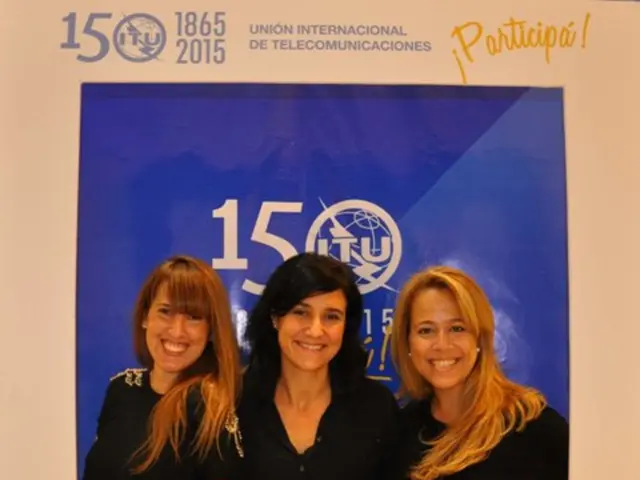Research by Maggie Simpson and Edna Krabappel Approved by Two Academic Publications
In a bizarre turn of events, the intermingling of the fictional world of The Simpsons and the real world of science came to light when a bogus scientific paper was accepted by not one, but two scientific journals. The paper, titled "Fuzzy Homogeneous Configurations," authored by the obscure trio of Edna Krabappel, Maggie Simpson, and none other than Kim Jong Fun, made it into the prestigious halls of the Journal of Computational Intelligence and Electronic Systems and the Aperito Journal of NanoScience Technology.
This seemingly absurd scenario unfolded as a hoax to unmask the urban menace known as predatory journals. These dubious entities lure unsuspecting researchers with promises of rapid publication and peer review. In reality, they milk the researchers for money while offering minimal to no peer review, often accepting outright gibberish for publication.
Alex Smolyanitsky, an ingenious US engineer, orchestrated this experiment with a touch of humor. Creating a paper full of hollow jargon and buzzwords, he requested the trio of paper-writers from Springfield's elemental school of science. Citing fictional authors from a non-existent Belford University and a clearly nonsensical methodology called 'WEKAU', the paper was expected to raise a few eyebrows, but the absence of alarm is what truly points to the escalating crisis.
One of the journals even sent Mr. Smolyanitsky an invoice for the substantial sum of $459, adding insult to injury. This whopping fee is typical of the hefty charges that predatory journals demand. In 2014, reputed publishers Springer and IEEE retracted over a hundred papers, many of which were nothing more than computer-generated nonsense. This seeping problem is not solely confined to obscure, fly-by-night operations-even well-respected institutions seem to be under siege.
In the lexicon of academia, the mantra is simple- 'publish or perish'. Pressure to publish prolifically distorts research priorities, rewarding quantity over quality, and leaving the door wide open for predatory journals to capitalize on the situation. Over years, many experts in the field have sounded the alarm, but the battle against these miscreants is far from over. Frank, humorous exposés like Smolyanitsky's serve to highlight the urgency of the issue, putting pressure on journals to raise their standards and helping researchers recognize the telltale signs of predatory journals.
While the world chuckles at the absurdity of a hoax manuscript co-authored by Kang and Kodos, it's time for a serious reevaluation. The fight against predatory journals requires collective action: education for researchers, rigorous evaluation by institutions, and collaboration among scholars to establish better practices for scientific publishing. Furthermore, governments and scientific organizations must step in to set stricter guidelines for what qualifies as a legitimate journal. It's time to preserve the sanctity of scientific literature and maintain trust in the research process.
Sources: Vox, Washington Post*
Enrichment Data:
Overall:
Predatory scientific journals exploit researchers and threaten the integrity of research in various ways:
Exploitation of Researchers
- Charging Excessive Fees: Predatory journals often charge exorbitant fees for publication without delivering adequate services such as peer review, rapid publication, and indexing.
- Lack of Transparency: These journals often provide false or misleading information about their editorial processes, impact factors, and indexing to deceive researchers.
- Aggressive Solicitation: Predatory journals aggressively solicit submissions from researchers regardless of the journal's scope or the researcher's expertise, sometimes using spamming methods.
Threats to Research Integrity
- Compromised Peer Review: Predatory journals often neglect rigorous peer review, compromising the quality and validity of published research.
- Lack of Retraction Policies: Unlike legitimate journals, predatory ones often do not have clear policies for retracting papers found to be flawed or fraudulent, leading to erroneous research persisting.
- Plagiarism and Copyright Infringement: Predatory journals may not properly handle plagiarism or copyright issues, further compromising the integrity of published works.
- Misrepresentation of Editorial Boards: Predatory journals may misrepresent the affiliations and contributions of editors and reviewers on editorial boards to enhance their credibility.
In summary, predatory journals exploit researchers by charging excessive fees without delivering adequate services, providing misleading information, and soliciting unwanted submissions. They pose a serious threat to research integrity by compromising peer review, failing to address plagiarism or errors, and lacking transparency in their operations. This can lead to the dissemination of substandard or fraudulent research, undermining trust in scientific literature.
The incident involving the acceptance of a humorous, goofy paper titled "Fuzzy Homogeneous Configurations" by Kim Jong Fun, Edna Krabappel, and Maggie Simpson into two prestigious scientific journals reveals the prevalence of predatory journals in the field of science and technology. The increasing concern for education and self-development in the academic community necessitates a deeper understanding of the risks associated with these dubious publications, such as their exploitation of researchers, lack of transparency, aggressive solicitation of submissions, compromised peer review, and failures to retract erroneous or fraudulent research. To combat this urgent issue, it's essential to promote education on predatory journals, push institutions for rigorous evaluation, and foster collaboration among scholars to establish better practices in scientific publishing. This collective action aims to maintain the trustworthy nature of scientific literature and ensure the integrity of research and medical-conditions advancements.





